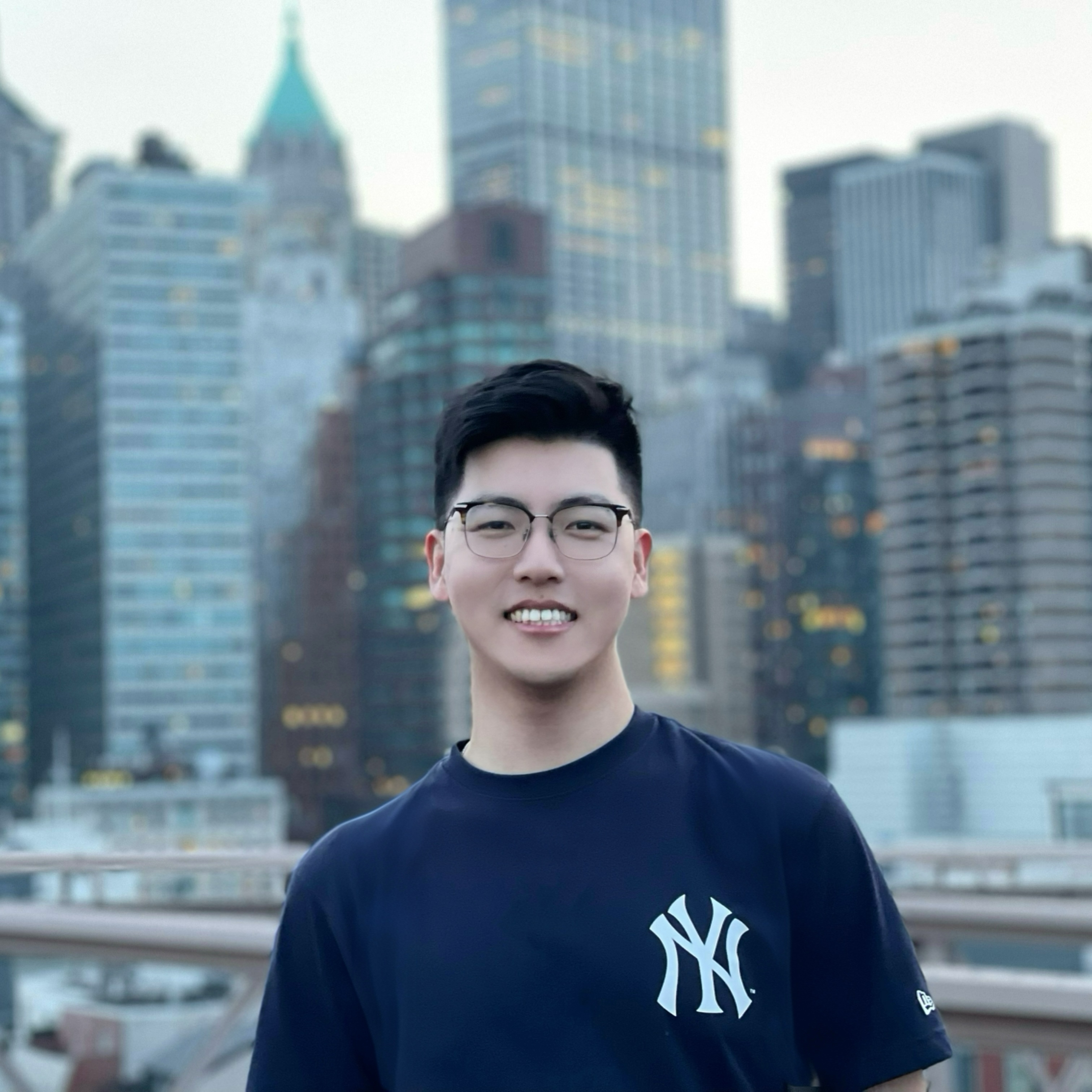Hi! I’m an incoming assistant professor in Department of Artificial Intelligence at Westlake University. I’m currently a postdoctoral researcher at Stanford University, working with. Prof. Ruijiang Li. I got my Ph.D. at King Abdullah University of Science and Technology (KAUST) in 2025 under the supervision of Prof. Xin Gao. I got my M.S. and B.S. at Jilin University in 2021 and 2018 respectively, supervised by Prof. Ying Xu.
I am actively looking for highly motivated PhD students, research assistants, visiting students, and postdocs. For more informations, please see here.
Research Directions
Over the past decade, life sciences have undergone two major leaps in resolution. First, single-cell sequencing has enabled us to dissect complex tissues into cellular and molecular components. Then, spatial omics and high-throughput imaging brought these molecules back to their native context, allowing us, for the first time, to observe the interactions between genes, proteins, and microenvironments directly on tissue maps.
Meanwhile, artificial intelligence has evolved from image recognition to multi-modal foundation models, learning to represent images, sequences, texts, and temporal data within a unified semantic space. The convergence of these two revolutions has made a long-standing dream feasible: not only can we now “see” individual cells clearly, but we can also construct a true cell-level digital twin of the human body, making biological systems computable, predictable, and actionable, and empowering precision medicine in unprecedented ways.
My lab focuses on the intersection of AI and spatial biology, aiming to integrate and model multi-modal (spatial omics, biomedical imaging, text, clinical), multi-dimensional (temporal and 3D), and multi-scale (molecular, cellular, tissue, organ) data. Our ultimate goals are to:
- Explore comprehensive and precise biological landscapes at the human level;
- Investigate disease heterogeneity and mechanisms across tissues and conditions;
- Build AI-driven digital twins to simulate biological functions and disease progression;
- Advance precision medicine by enabling personalized diagnosis and treatment.
Work Experience
- School of Medicine, Stanford University 09/2025 - present
Postdoctoral researcher (Working with Prof. Ruijiang Li) - School of Medicine, Stanford University 06/2024 - 09/2024
Visiting PhD student (Working with Prof. Nima Aghaeepour) - School of Public Health, Yale University 06/2023 - 09/2023
Visiting PhD student (Working with Prof. Hongyu Zhao)
Academic service
- Associate Editor
Frontiers in Public Health - Editorial Board Member
Molecular & Cellular Bioinformatics, World Jounral of Radiology - Guest Editor
Biomedical Informatics (Special issue: spatial transcriptomics) - Reviewer
Nature Biomedical Engineering, Nature Communications, Bioinformatics, ICLR (2025, 2024), ICML (2024, 2025 (AI4Science workshop)), NeurIPS (2023, 2024), AAAI (2022), UAI (2022), ICONIP (2022), SIGKDD (2022), MICCAI (2025, 2021) - Organizing Committee Member
International Conference on Bioinformatics (InCoB2022), International Workshop on Cancer Systems Biology (ICSB 2018, 2019, 2021, 2022)
Teaching
- Guest lecturer (CS220 Data Analytics)
Saudi Aramco - Teaching assistant (CS220 Data Analytics)
Ministry of Interior, Saudi Arabia
KAUST - Teaching assistant (Bioinformatics)
CCF DragonStar, Jilin University - Teaching assistant (Computational Biology)
Jilin University
